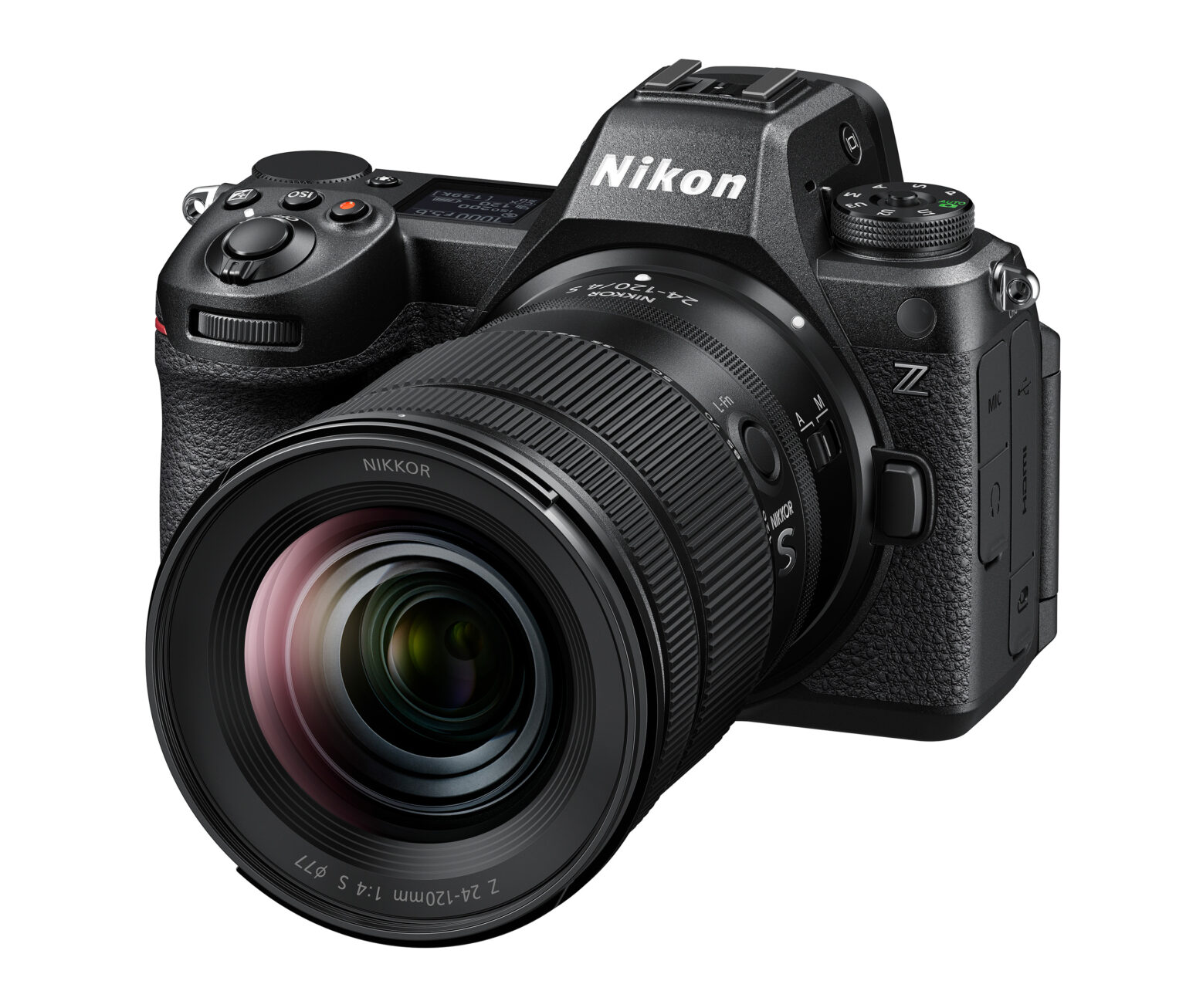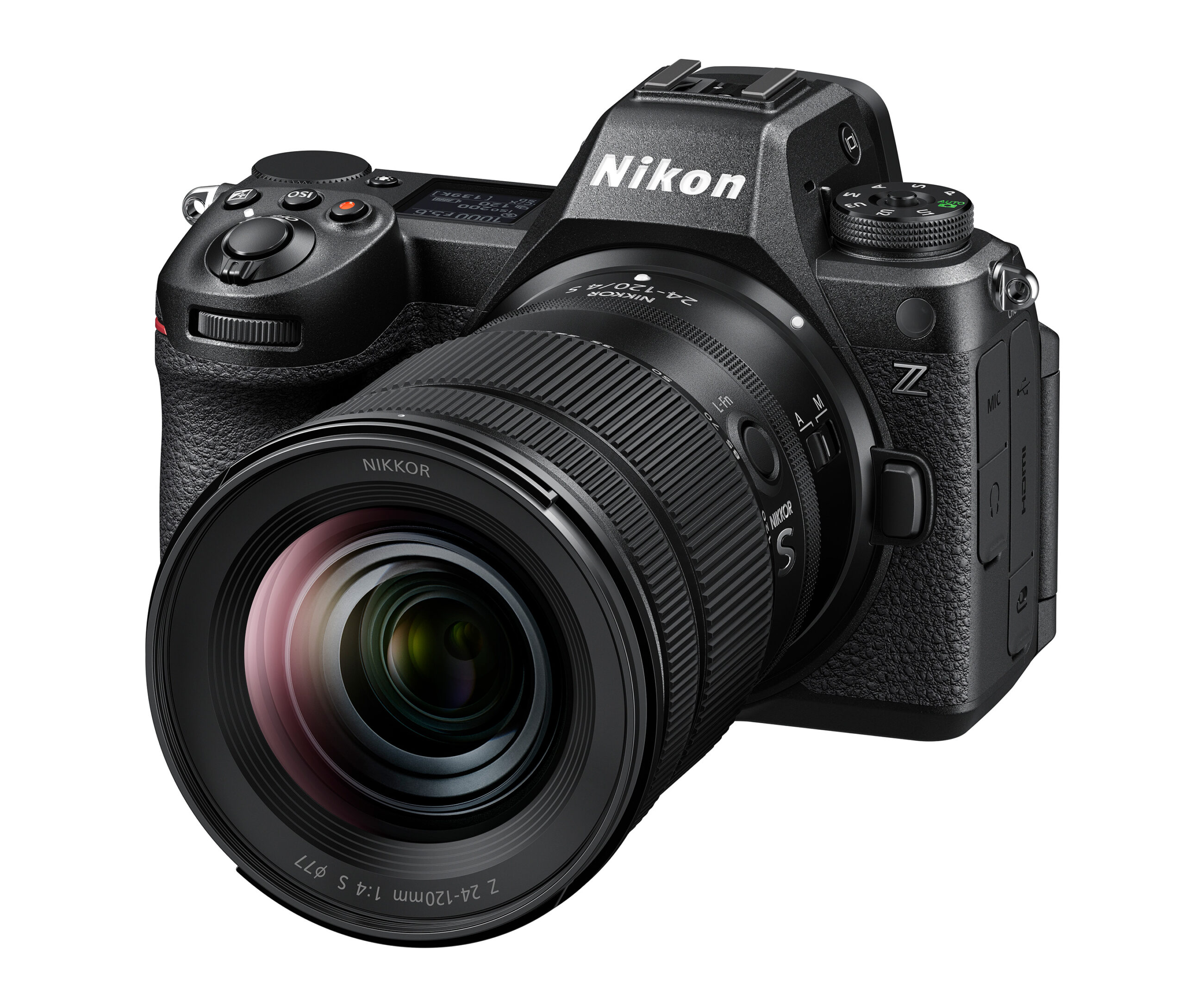
The Nikon Z series full frame mirrorless cameras have been a more attractive proposition than Canon RF mount so far with genuinely groundbreaking technological features. The Z6 III is another such release that outperforms and out-specs everything Canon-Sony-Panasonic in the mid $2k price range so far.
There’s a lot to like, but also some trends that don’t make sense which I’ll get to in the second half of this article. Z mount in general presents a more flexible system than Canon RF, with more third party lenses and a more interesting range of adapters. Leica M autofocus adapters, Sony E-mount to Z mount adapters, and more – there’s a lot that you can do on Z that you cannot do on RF.
The main focus of the Z6 III seems to be to make the fastest camera under $3k. The partially stacked sensor has readout speeds for full res 24MP stills in the region of 14ms compared to 50-60ms from the Panasonic S5 II and Sony A7 IV. In video mode this translates to a rolling shutter under 10ms, and full frame 6K as high as 60fps in RAW. The only alternatives that get close to this are crop sensor cameras like the Fuji X-H2S and Panasonic GH7.
The recent purchase of RED by Nikon removes any doubt over the internal RAW recording options, which are here to stay – and raises the interesting possibility that Nikon could revoke Canon’s license with RED for internal C-RAW recording, putting the competition at a serious disadvantage.
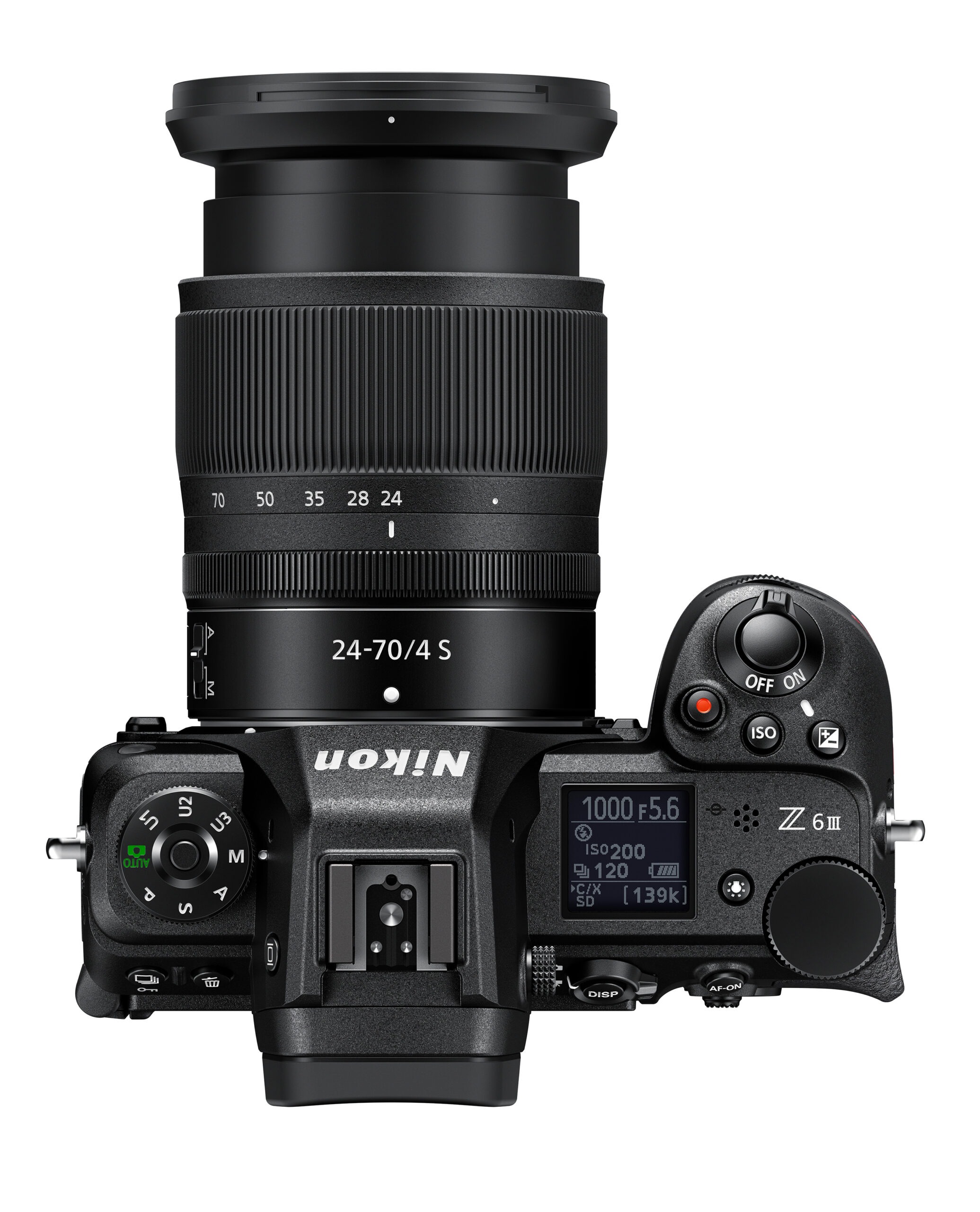
Although the Panasonic S5 II is a much cheaper class of camera, and the A7 IV is due a price cut, the Z6 III is clearly a cut above both on the specs front, especially codec, and the advantages don’t end there. It has a 7 year newer sensor than the prolific Z6 OG sensor, which started life in the A7 III, and has been used in numerous cameras since all the way up to 2024’s Panasonic S9.
The irony is though, that the sensor presents absolutely no image quality advantage for photographers vs the original Nikon Z6 which came out a full 6 years ago. Resolution remains at 24 megapixel and dynamic range might even be slightly worse (due to the very fast partially stacked sensor readout architecture).
The Z6 III has also gained weight and size compared to the original… An unwelcome but all too common trend in most recent mirrorless cameras.
That said, the Z6 III demolishes the Canon EOS R6 Mark II in terms of the quality and size of EVF, quality of rear LCD screen, overall video specs (especially on the codec side), AF performance, overall speed and the option for CFExpress recording. The Z6 III does not need to drop to 12bit in the full resolution 6K readout mode, either.
IBIS performance rates as solid, but not as good as the Panasonic S5 II or S9.
Is 3000 euros over the limit for mid-range cameras?
At launch the Nikon Z6 III is being positioned similar to the Sony A7 IV, at $2500. Unfortunately this translates to nearly £3k / 3000 euros outside the US, inc. tax. Also the depreciation in used prices is expected to be as extreme as it was for the Z6, Z7 and Z6 II / Z7 II, which have lost 2 third of their value since release. Incredibly the OG Z6 can now be picked up in mint condition for just £600 on eBay.
The Z6 III also sets a ceiling on what can be charged for crop sensor cameras. It’ll make the Fuji X-H2S quite uncomfortable. It will make people think very hard about investing $2k in a GH7, and it will set a ceiling to how much Sony can charge for their mid-range full frame cameras.
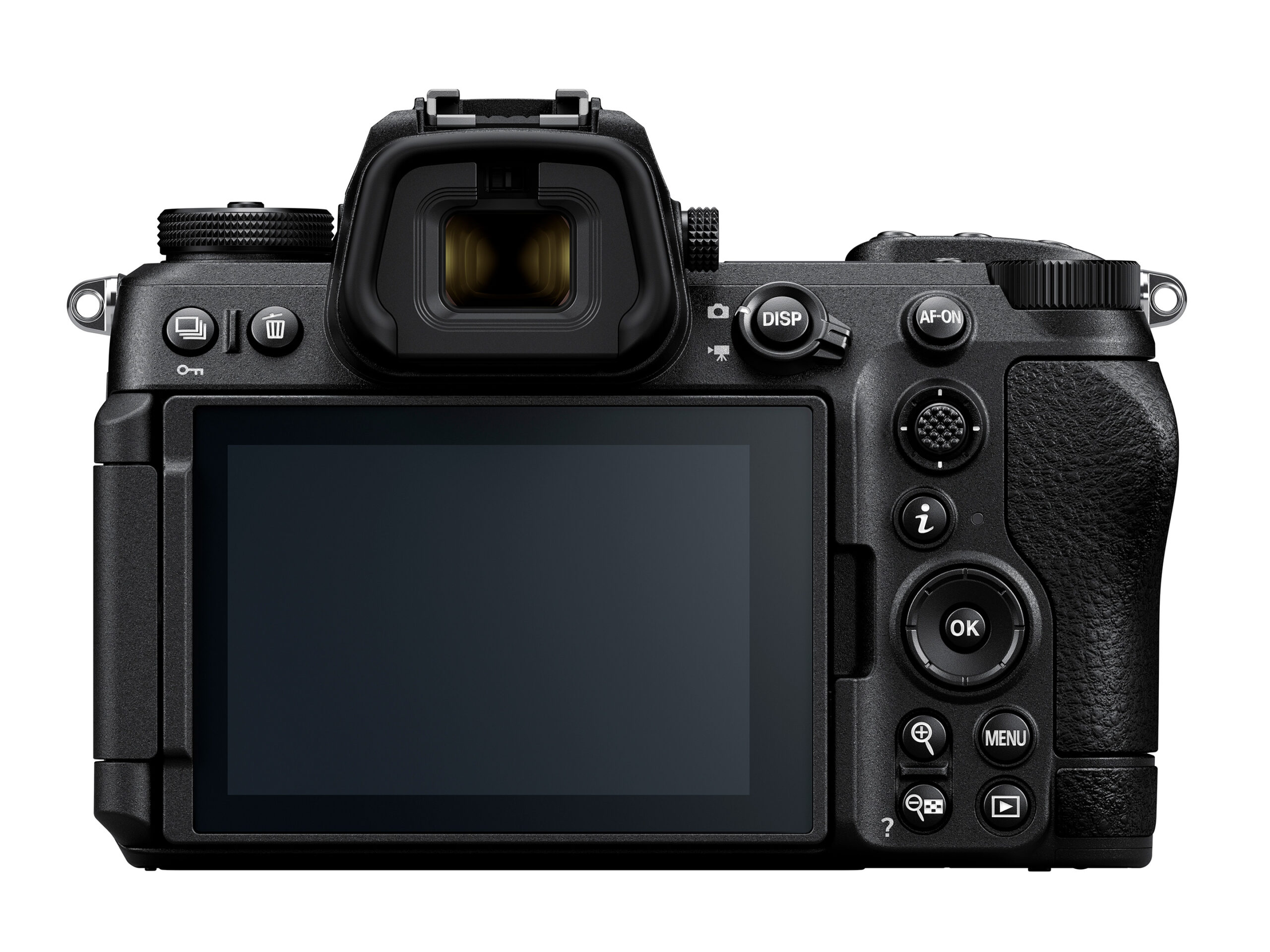
Now we’ve seen what it is… let’s look at what’s missing.
There’s no built in LUT support like Panasonic is pioneering. This means you can’t load a custom LOG curve (other than EOSHD Z-LOG) or bake your favourite film looks into H.265 footage in-camera. N-LOG isn’t the nicest to grade (it’s no ARRI LOG C3 or Canon LOG) and as far as I’m aware, there’s not even a LUT enabled view-assist for N-LOG.
There’s no anamorphic de-squeeze or open gate modes.
The prices of most of Nikon’s lenses are also far beyond what the average enthusiast can now afford. The pricing is in pro territory for a decent F2.8 zoom or any prime faster than F1.8 for instance. That’s a problem given the massive amount of choice available on the used market, and from third party manufacturers. The same goes for the camera itself, that $2500+ tax harder to justify when the original Z6 is down to just £600 on eBay.
Then there is the lack of any real appeal or need for the new features. N-RAW sounds great on paper, but the file sizes don’t offer good value. The step up in image quality from 10bit H.265 is actually very small even with for footage which need heavy grading in post, but file sizes are enormous and in ProRes RAW are even more unmanageable. The cost of CFExpress media also bumps up the price to entry for these features.
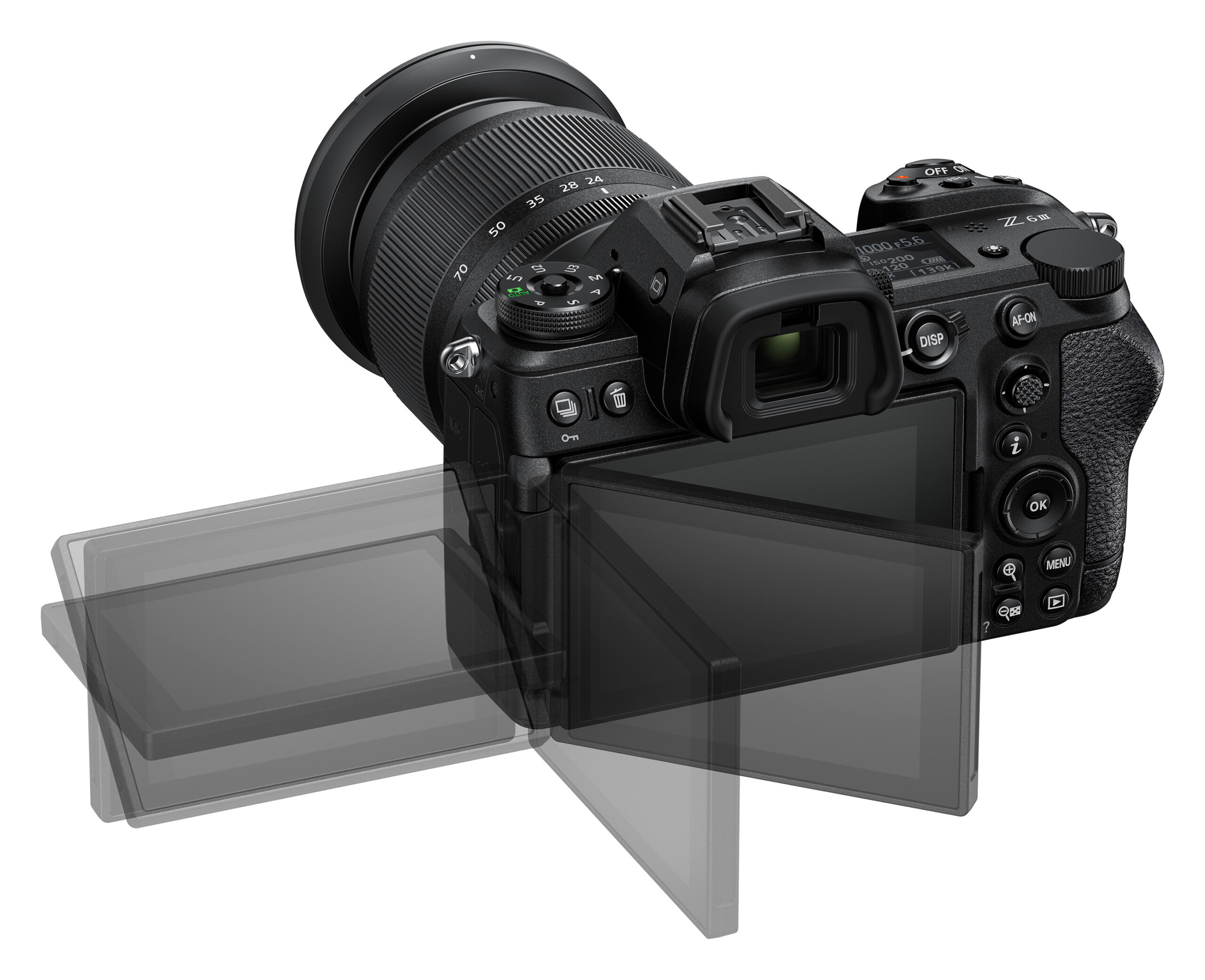
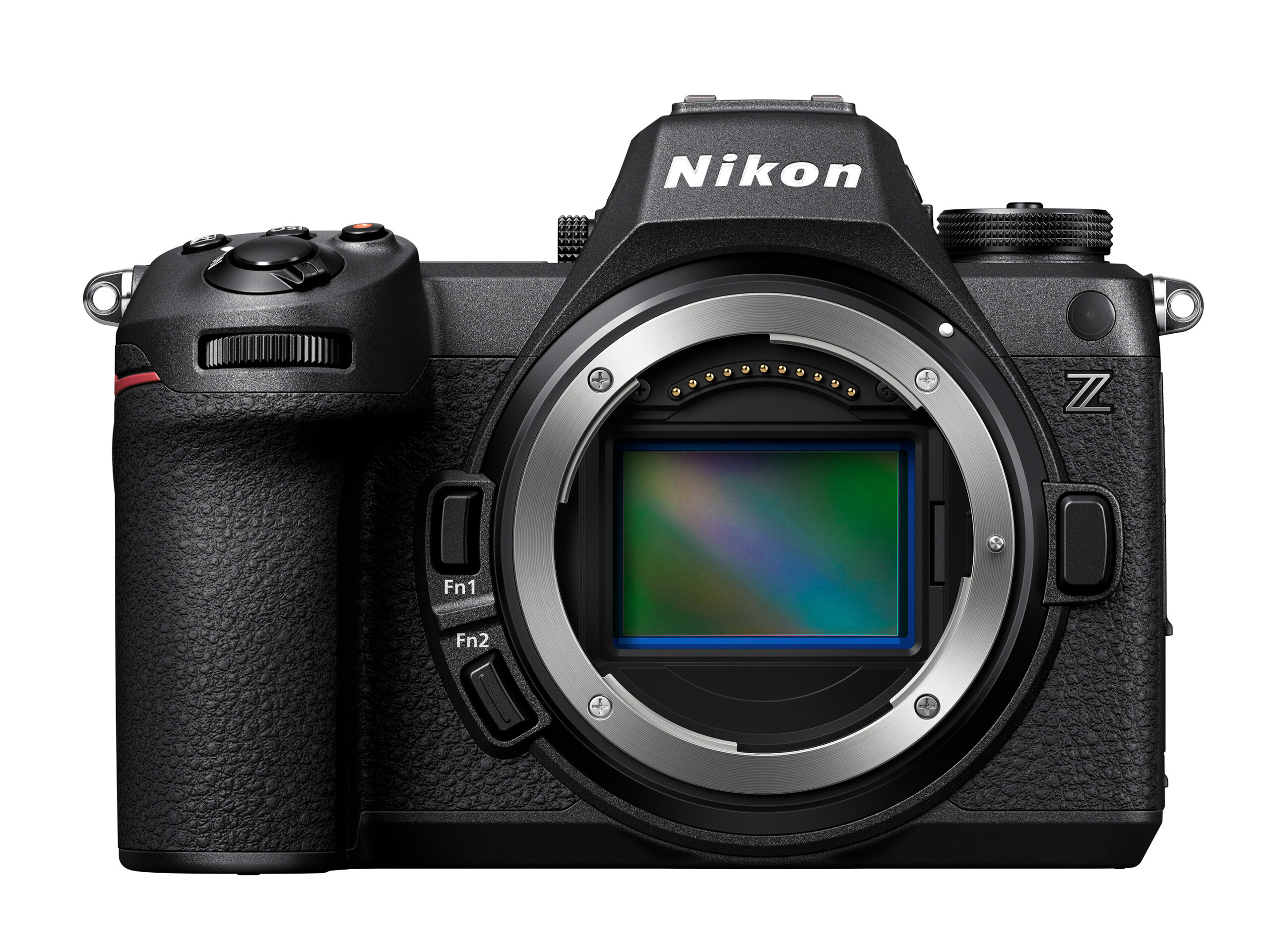
Again the need for 6K 60p vs 4K 60p difference is debatable. Most photographers don’t even need 4K, and speaking of photographers – there’s even fewer must-have features on the Z6 III, technically impressive though it may be, to warrant spending 3000 euros on one vs 700 euros on a mint condition OG Z6.
So the camera market seems to be going towards smaller and smaller niches of rich users who justify the cost of their enthusiast camera either with an enormous bank balance or paid work, in which case they’d be far better off with a Z8 anyway.
Will there be enough cashflow rich hobbyists in a cost of living crisis to make the Z6 III a success? Does it finally tempt the average Nikon D750 users to upgrade, and who hasn’t already? Does it tempt Canon users to trade in the R6, tired with RF mount as they might be by now?
I am not sure about any of that, and I really do think that the camera manufacturers in Japan are about to find the limits of their lower volumes, higher prices business model of late.



